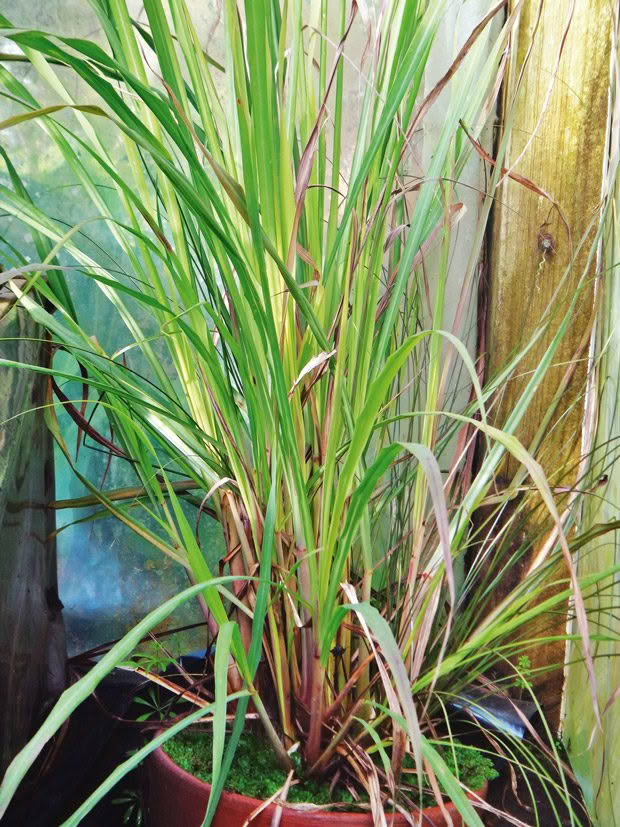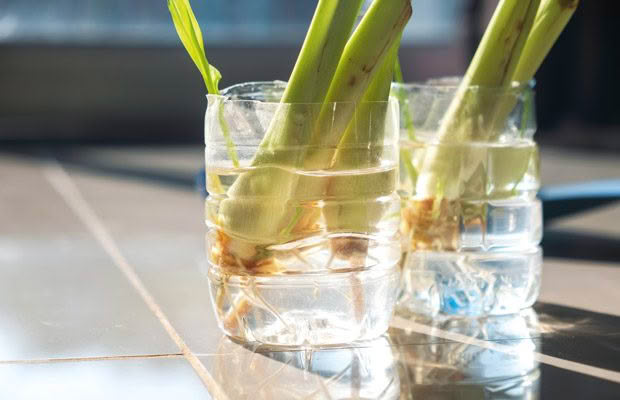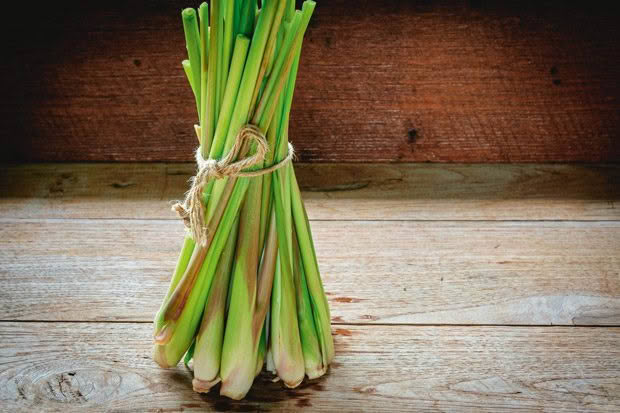Why you should add lemongrass to your herb garden

This herb looks lovely as it moves in the breeze, is excellent in the kitchen and can be used to make a fragrant tea.
Words: Jane Wrigglesworth
I grow lemongrass in a large pot in our greenhouse. We’re pushing the climatic limits of this warmth-loving plant; earlier plants died when I put them directly into greenhouse soil. I’ll use a much bigger pot and put in more plants next division time because it seems we can use more than the one plant.
Lemongrass hails from Asian countries and is an easily-grown and much-used kitchen addition. It also looks lovely as it moves in the breeze and the soft green leaves release a great scent as you brush past them.
Lemongrass is easily grown from division in spring or summer. It’s a matter of taking off two or three outer stems including the roots and trimming off the greenery, then planting into a well-manured soil in a frost-free, full sun, sheltered place.
Keep the plants well-watered in summer and maintain fertility with compost and liquid fertiliser. In late winter, if the foliage hasn’t died down, it can be cut back and used as a good weed-free mulch for the plant. New growth will soon come away.
The leaves can be used to make a fragrant tea, and the stems are an integral part of Asian cooking, used when they are thicker than an average finger. Harvest from the outer stems and peel off the tougher outer layer before use.
A QUICK GROWING GUIDE

Why it’s nutritious: Contains antioxidant and anti-inflammatory properties. Inhaling its aroma also helps to reduce stress, according to a study published in the Journal of Alternative and Complementary Medicine.
Transplant/direct sow: Sow into trays for transplanting later.
Growing conditions: Plant into well-drained, compost-enriched soil in full sun. In cooler regions, plant in containers and move into a frost-free spot over winter.
Growing tips: This lemon-flavoured herb is a clump-forming perennial grass that is frequently added to Thai, Malaysian and Indonesian dishes.
Harvest stems that are at least 1cm wide. Although drought-tolerant once established, plants will do better with regular watering over summer. Plants are dormant in winter – the outer leaves will turn brown and wither. In spring, cut back old growth and trim leaves to 10cm above the stems.
Propagate new plants by dividing large clumps. Or place stalks from the supermarket into a jar of water and let the roots grow.
Days to harvest: Harvest in the second year after sowing.
7 TIPS FOR USING LEMONGRASS

While it’s the leaves that are fragrant in the garden, in the kitchen the star is the bottom 10-12cm or so. When you harvest (or buy) lemongrass, the stems should feel firm and heavy, not light (an indication it is too dry).
Lemongrass makes a lovely tea: cut 4-6 long green leaves, wash, then chop into 3cm lengths. Bring 2-3 cups of water to the boil, then remove from the heat. Pour over leaves and steep for 10-15 minutes, or until tea is to your taste. Sweeten with honey while hot. Can also be served cold.
To guesstimate how much to use in a recipe, it’s about the same as if you were adding ginger.
You can also use the woody part of the stem to make tea, or to add flavour to soup: cut off the roots and leaf, crush the woody stems, then cut into 3-5cm lengths. Add to dish during cooking, but remove before eating (or avoid eating if not possible to remove).
In stir fries, use 10cm lengths of the woody end: peel off any dry outer layers so you are left with the white, tender insides of the stalk, then chop or mince finely. For a strong flavour add at the beginning of cooking, for a lighter flavour, add near the end.
You can infuse vodka with lemongrass: crush 2-3 cleaned, tender stems, then add to a 750ml bottle of vodka. Leave for 3-4 days (or longer until to your taste), shaking morning and night. Remove stalks, strain vodka and serve.
Love this story? Subscribe now!
 This article first appeared in NZ Lifestyle Block Magazine.
This article first appeared in NZ Lifestyle Block Magazine.
